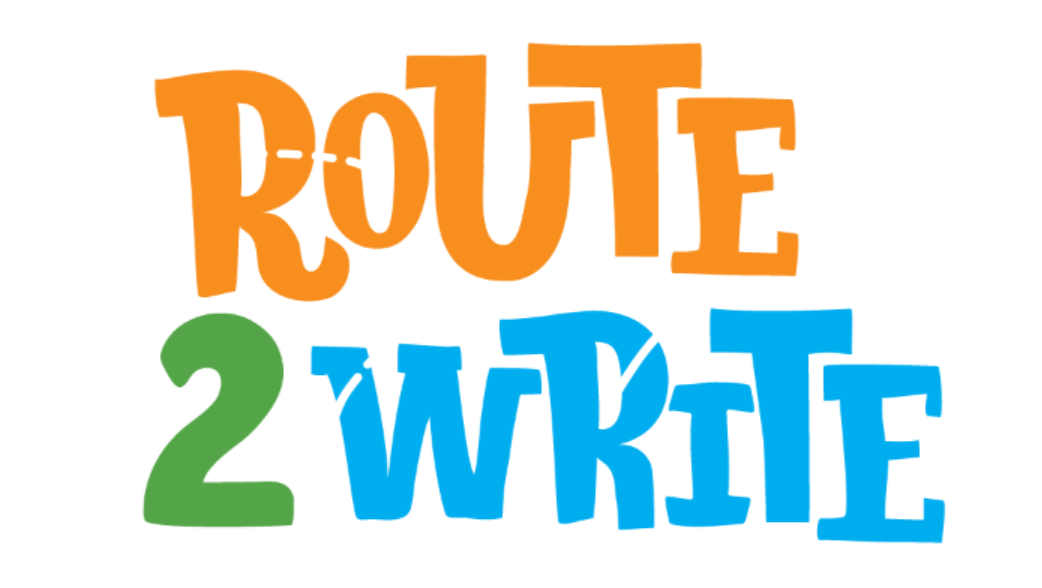Microschools vs. Traditional Schools: Which Is Right for Your Child?
Aug 11
/
Route2Write
Microschools vs. Traditional Schools: Which Is Right for Your Child?
Deciding on the best educational environment for your child is one of the most significant decisions a parent can make. In recent years, a new option has been gaining popularity: the microschool. But how does it stack up against the traditional public or private school model we've known for generations? This blog will explore the key differences between microschools and traditional schools to help you determine which might be the best fit for your family.
Class Size and Learning Environment
The most significant difference between these two models lies in their scale. Traditional schools often have large class sizes, sometimes with 25-30 students per teacher, and operate within a large student body that can number in the hundreds or even thousands. This structure allows for extensive resources like sports teams, advanced science labs, and large libraries. However, it can also mean less individualized attention for students and a more standardized approach to education.
Microschools, by definition, are small. They typically have 5 to 15 students per class, often with multi-age groups learning together. This intimate setting allows for a highly personalized and flexible learning experience. Teachers can more easily cater to each student's pace and learning style, and the curriculum can be adapted in real-time based on student interests. The close-knit environment can also foster a strong sense of community.
Curriculum and Flexibility
Traditional schools operate on a structured, standardized curriculum, often dictated by state or national standards. While this ensures a comprehensive education and prepares students for standardized tests, it can limit the ability to explore niche subjects or spend extra time on topics that captivate a class. The schedule is typically rigid, with set times for each subject.
Microschools offer significant flexibility in their curriculum. Many are built around specific educational philosophies, such as Montessori, Waldorf, or project-based learning. This allows for a more dynamic and student-led approach. If a group of students becomes fascinated by a topic, the curriculum can pivot to explore it in depth. This flexibility can lead to a more engaging and passionate learning experience, but it may also mean less focus on traditional standardized testing.
Community & Socialising
When considering a child's social development, the two models offer different experiences. Traditional schools provide a diverse and vast social environment. Students interact with a wide range of peers from various backgrounds, which can be excellent preparation for the real world. They also offer a plethora of extracurricular activities, clubs, and sports that facilitate social bonding.
When considering a child's social development, the two models offer different experiences. Traditional schools provide a diverse and vast social environment. Students interact with a wide range of peers from various backgrounds, which can be excellent preparation for the real world. They also offer a plethora of extracurricular activities, clubs, and sports that facilitate social bonding.
In microschools, the social circle is much smaller and more tightly knit. This can lead to deep, lasting friendships and a very supportive community. However, some parents worry that the limited exposure to a broader peer group might not fully prepare their children for the social dynamics of larger environments. Many microschools address this by organizing field trips and collaborative projects with other microschools or community groups.
Choosing between a microschool and a traditional school is a matter of aligning the educational model with your child's personality and your family's values. If your child thrives in a structured environment with vast resources and a wide social network, a traditional school may be the ideal choice. If your child benefits from individualized attention, a flexible curriculum, and a close-knit learning community, a microschool could be a perfect fit. Ultimately, the right school is the one that best supports your child's academic, social, and emotional growth.

We are an online education provider that supports students in achieving their learning goals and developing a passion for lifelong learning.
